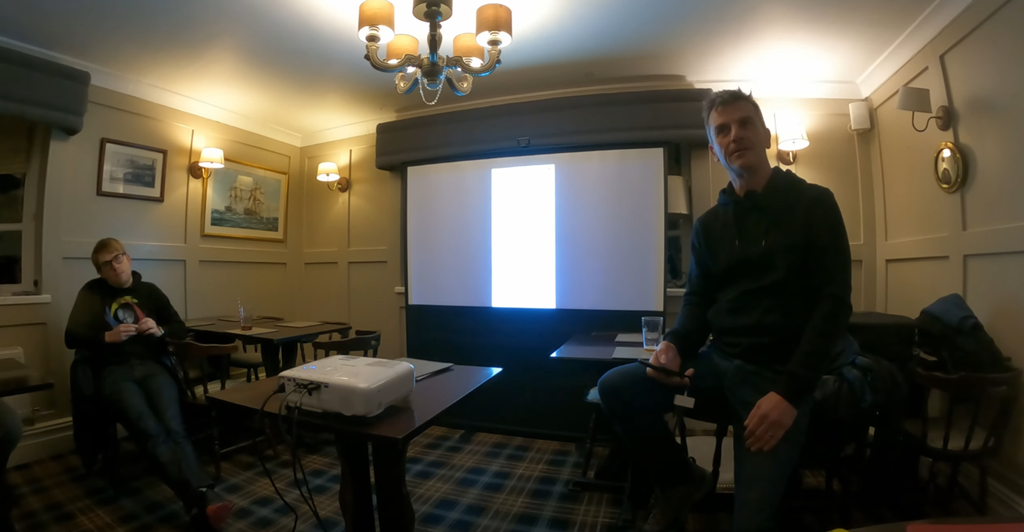It’s been a fairly quiet year as far as incidents go so far . . . Probably tempting fate by writing that, but I don’t believe in that nonsense, so there.
Equipment Checks
We all do these, don’t we? Daily inspection, pre-flight checks etc. One of our members received a harness with his reserve re-packed back from a well-known PG service centre. During a pre-flight check the bridle zipper was seen to be starting to open and was re-closed. This happened again at the next flight. Further checking showed a mistake in re-packing the reserve and closing the container. AFAIK this is still unresolved between the pilot and the service centre. This shows the importance of doing your own inspections and checks every time you launch. You know it makes sense.
Another recent incident involved a near-miss for a member when one set of risers became trapped inside the carabiner of the opposite riser. Fortunately, he was sufficiently aware to abort the launch before getting lifted too far, but still got dragged. The carabiners in this case were the screwgate type, not the more common twist-lock gate, which require two separate actions to unlock the gate (slide and twist). The screwgates on both carabiners had not been tightened up to lock, so were both free to open. Again, this shows how important it is to include such a check in your list if you have these carabiners. Also remember the advice about replacing carabiners every 5 years or 500 flight hours. As they are subject to repeated load cycles the alloys used in them will work-harden over time and become brittle.
Calder Valley Search and Rescue Team
Earlier this year the CVSRT got in touch to find out more about our sport and the equipment we use. It’s the eastern sites like Blackstone Edge, Nont Sarah’s and Pule that are more likely to be within their region, and it’s the recent increase in use of these sites that has brought us to their attention. They had a couple of calls from concerned members of the public reporting PGs in distress. Despite searching, including with helicopter, they found nothing but wanted to know more.
Mark Shaw, BHPA Technical Officer came up to their Mytholmroyd HQ las week and gave them a presentation about our sport which I attended, covering all aspects from speed flying to powered hang gliding. It was interesting to find how little they knew of what we do – the outsider’s view that we’re a bunch of reckless thrill-seekers wasn’t so prevalent (much more respect for us as fellow users of the outdoors) – but the realisation that we actually fly distances was quite an eye-opener for some. A useful lesson learned that our activities are not confined to specific locations. Their HQ is very impressive, and the team all turned out in their mountain rescue kit – they are a very professional organisation with 45-50 registered responders with a wealth of medical knowledge and expertise between them. One subject that we discussed at length was the issue of alerting soaring pilots to the arrival of a helimed. The MRT members all carry smoke flares – these are deployed to guide the heli to the spot and indicate wind conditions. The suggestion that one could be set off as soon as the heli was requested will be carried forward by Mark to the BHPA with a view to establishing a code of practice.
This was a very useful evening, and was great for making contact with the people who do such great work on the ground saving lives.
Tight lines, everyone
